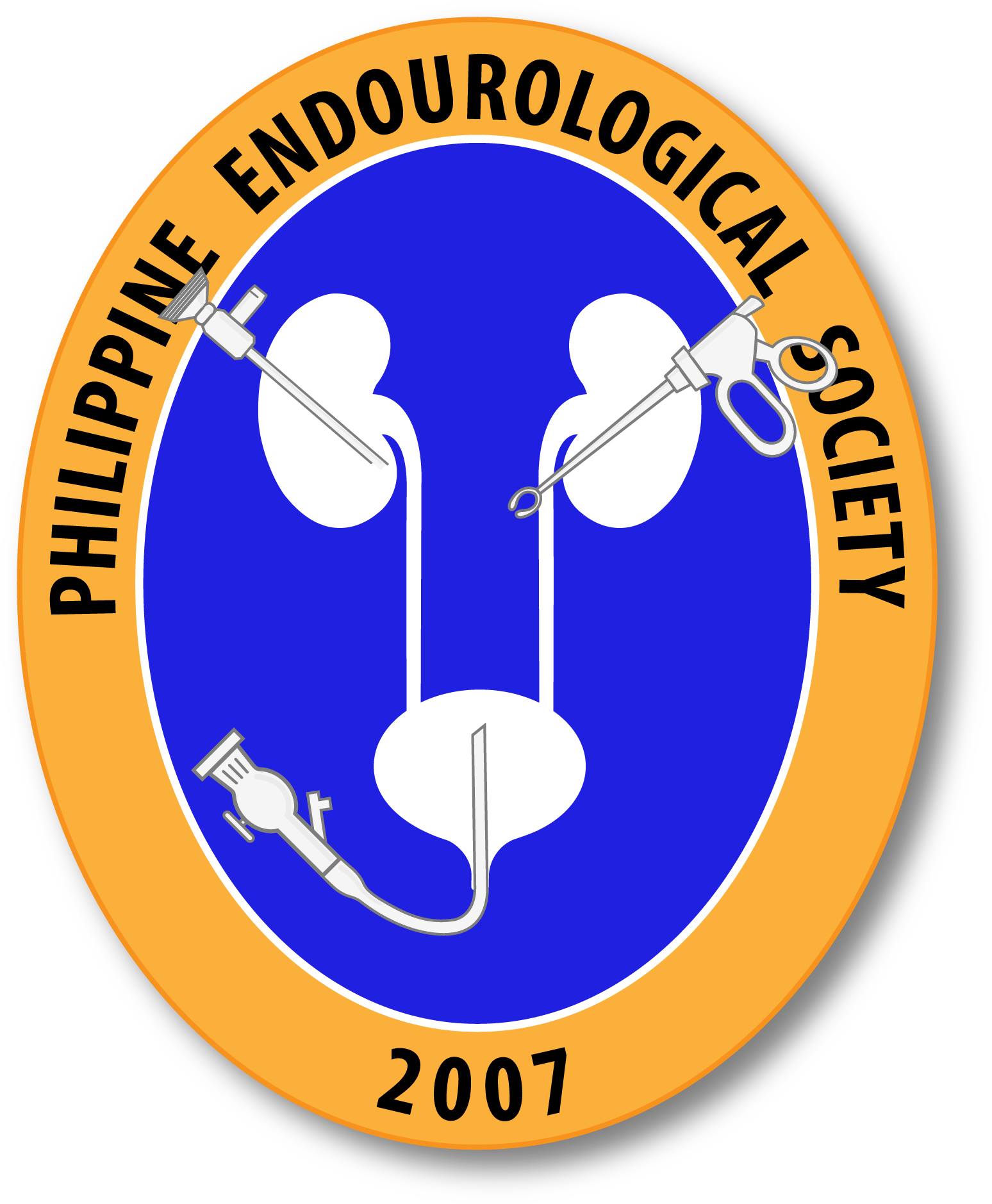Implementation of enhanced recovery after surgery in patients undergoing radical cystectomy: A retrospective cohort study.
To evaluate the feasibility and effect of implementing enhanced recovery after surgery (ERAS) in patients undergoing radical cystectomy (RC) and urinary diversion. Since October 2016, a 15-point ERAS protocol has been implemented for patients undergoing elective RC and urinary diversion at Fudan University Shanghai Cancer Center (FUSCC). We retrospectively assessed patients who underwent RC performed […]
